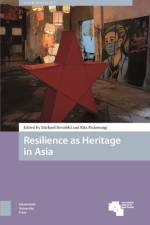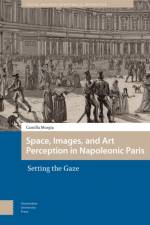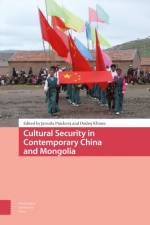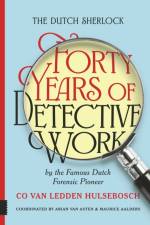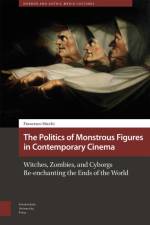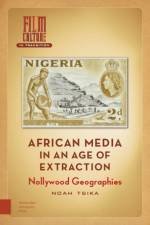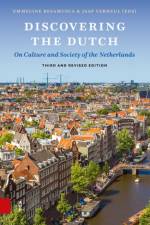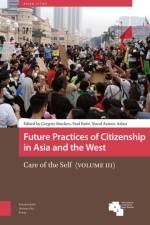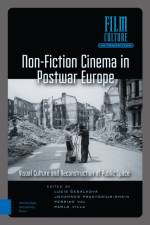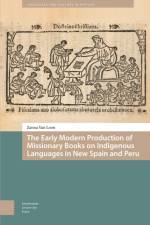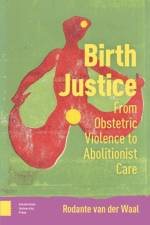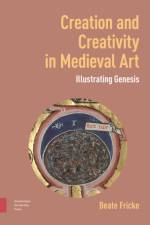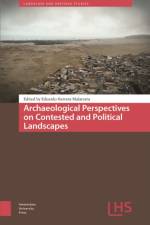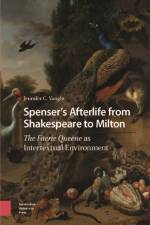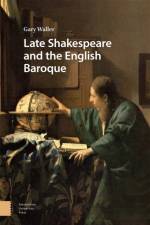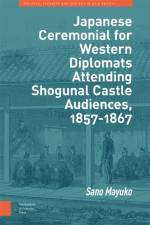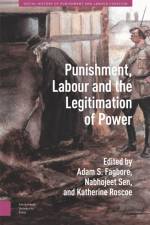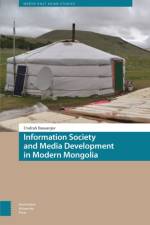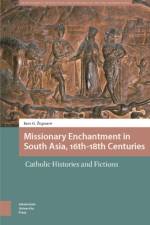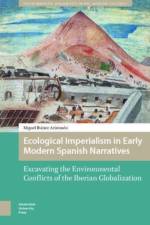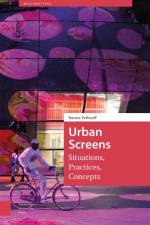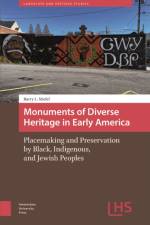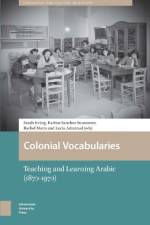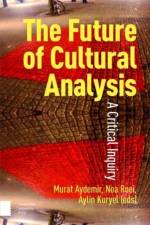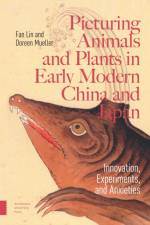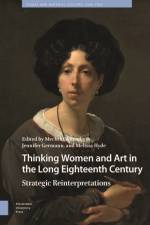1 521
Across the humanities and the social sciences, "cultural analysis" is a vibrant research practice. Since the introduction of the approach in the 1990s, the main principles of cultural analysis have remained largely the same: interdisciplinarity, social and political urgency, a heuristic use of theoretical concepts, the detailed analysis of objects of culture, and a sharp awareness of the situatedness of the scholar in the present. But is the practice still suited to the spiraling of social, political, economic, and environmental crises that mark our time? Drawing on experiences in research, teaching, administration, institutional politics, activism, and the creative arts, contributors explore what cultural analysis was back then, what it is right now, and what it may be by 2034. In a shifting conjuncture, these contributors strike notes of concern, discomfort, defiance, self-criticism, complicity, and irony-as well as a renewed sense of urgency and care.

